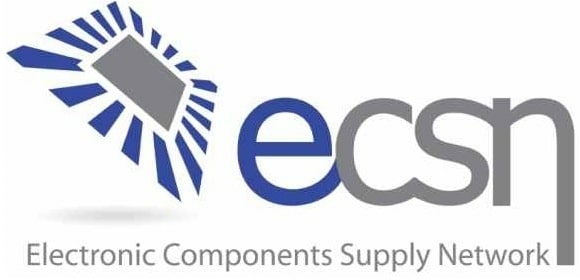source: Electronics Weekly news
The components supply chain is facing a ‘perfect storm’ amid growing demand and extending lead times.
The Electronic Components Supply Network (ECSN) has urged electronics buyers to review their outlook on lead times for components amid surging global demand and reports of allocation risks on certain products.
The ECSN reported that sales of UK electronics components were up 24% year-on-year in May, with semiconductor sales up 30% against May 2016.
Global demand is also on the rise, with the Semiconductor Industry Association reporting that semiconductor sales across the world were up 22.6% in May compared to a month earlier – the biggest year-on-year growth since September 2010.
Components on allocation
The growing demand is causing a build‑up of extended lead times, with a small number of products now understood to be subject to lead times of as much as a year – meaning they are effectively on allocation.
One distributor, Anglia, has reported that allocation is now in place on products such as chip resistors and chip capacitors.
ECSN chairman Adam Fletcher (right) said the supply chain is experiencing a “perfect storm” and suggested that lead times could continue to increase.
“Stronger‑than‑forecast global demand for components has followed an extended period of low capital investment by the companies that make them,” he told Electronics Weekly. “Assuming that growth will continue at a similar pace in Asia-Pacific in the second half of 2017, manufacturer lead times are likely to continue to extend.”
Fletcher said manufacturers and their authorised distributors work hard to mitigate supply problems and protect their customers from extending lead times, so most would not experience major difficulties.
But in the short term, he warned, “organisations whose procurement people are not sufficiently diligent may be caught out”.
“Customers need to sensibly review their order cover to reflect the reality of these extending manufacturing lead times to avoid potential delivery problems later in the year,” he added.
Fletcher believes the market is still benefiting from the uptick in the manufacturing sector, “and the May figures reported by members reflect the generally positive sentiment in the manufacturing sector”, he said.































